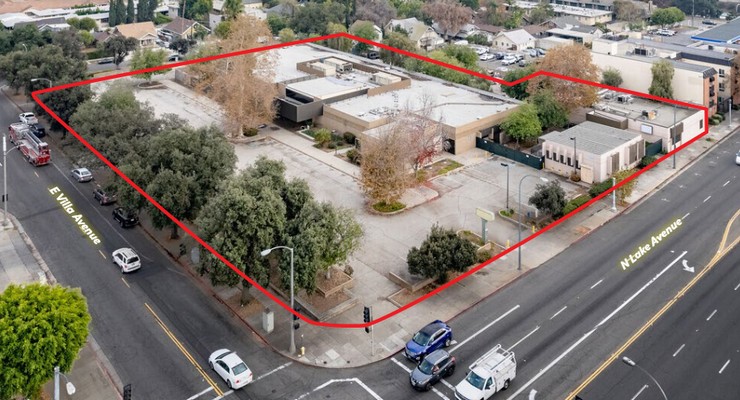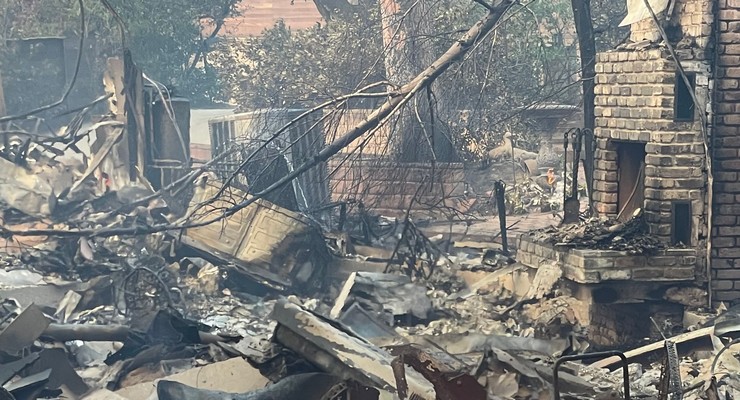Gov. Jerry Brown has signed a 2016-17 state budget that provides $10 million to help launch a statewide earthquake early-warning system that’s being developed through the cooperation of Caltech scientists in Pasadena and emergency preparedness experts from UC Berkeley and the U.S. Geological Survey (USGS).
Called the California Integrated Seismic Network (CISN) ShakeAlert, the West Coast earthquake early warning (EEW) system was initially funded through the USGS that has also the responsibility of earthquake alerting throughout the U.S. In 2012, the Gordon and Betty Moore Foundation provided funding for three more years of research and development for the three partners to improve the system.
The new state funding will enable Caltech, UC Berkeley and USGS to add more sensors to the seismic networks, making the warnings faster and enabling the system to reach more users. The funds will also be used for education, research, sustainable financing and other important project components.
Early results of the coordinated research on ShakeAlert suggests that cell phones and other personal electronic devices could function as a distributed network, detecting any ground movements caused by a large earthquake, and, ultimately, giving people crucial seconds to prepare for a temblor.
“Crowd-sourced alerting means that the community will benefit by data generated by the community,” said Sarah Minson, a USGS geophysicist and lead author of the study, which appears in the April 10 issue of the new journal Science Advances. Minson completed the work while a postdoctoral scholar at Caltech in the laboratory of Thomas Heaton, professor of engineering seismology.
Earthquake early warning (EEW) systems detect the start of an earthquake and rapidly transmit warnings to people and automated systems before they experience shaking at their location. While much of the world’s population is susceptible to damaging earthquakes, EEW systems are currently operating in only a few regions around the globe, including Japan and Mexico.
“Most of the world does not receive earthquake warnings mainly due to the cost of building the necessary scientific monitoring networks,” says USGS geophysicist and project lead Benjamin Brooks.
California passed a mandate in 2013 to create a statewide earthquake warning system, but the $10 million is the first money appropriated to make it a reality. The federal government has already provided $13.2 million to improve and test a prototype West Coast early-warning system, but experts say what is needed is more than $38 million in buildout costs and $16 million per year in operating costs in order to establish a fully functioning system serving California, Oregon and Washington.
“This is a key step toward the goal of a public earthquake early-warning system for the entire state,” said Richard Allen, director of the Berkeley Seismological Laboratory at UC Berkeley and one of the lead researchers on the project. “This funding will enable us to add more sensors to the seismic networks, making the warnings faster and enabling the system to reach more users.”
“This is an excellent beginning,” said state Sen. Jerry Hill, San Mateo and Santa Clara counties, who introduced funding legislation for the warning system earlier this year with Assemblyman Adam Gray, Merced, and state Sen. Robert Hertzberg, D-Van Nuys. “While we still have work to do to secure public-private partnership money to complete the build-out, this $10 million is a big boost.”
As of now, ShakeAlert’s reach is limited by system distribution, strength and capabilities. The system has only 538 sensors around the state and is available only to partners in the prototype project, such as the Bay Area Rapid Transit system. In contrast, the statewide earthquake early-warning system would need several thousand sensors throughout California to reliably notify the public.
“While the ShakeAlert project partners have been able to add some additional stations, this funding will enhance the buildout of the seismic networks to provide the best possible warnings for Californians,” said Allen, a professor of earth and planetary science.
State Sen. Jerry Hill, San Mateo and Santa Clara counties, introduced funding legislation for the warning system earlier this year with Assemblyman Adam Gray, Merced, and state Sen. Robert Hertzberg, D-Van Nuys. They were earlier approached by Allen and his team through UC Berkeley’s Office of Government and Community Relations, whose staff also briefed the governor’s staff about the need for a system to protect lives and property throughout the state.
The original mandate, SB 135, was authored by then-state Sen. Alex Padilla and signed into law in 2013. Padilla’s intent was that the system would be funded by public-private partnerships, but it became apparent that public funding would be needed to supplement any such partnerships.
California is second only to Alaska when it comes to earthquake activity in the country, according to the USGS. About $3.5 billion, or 66 percent, of the monetary losses suffered from earthquakes in the U.S. each year occur in California, the Federal Emergency Management Agency says.
Scientists and engineers from the Swiss Federal Institute of Technology (ETH) and the University of Southern California have been helping develop ShakeAlert for California since 2007.














 0 comments
0 comments



